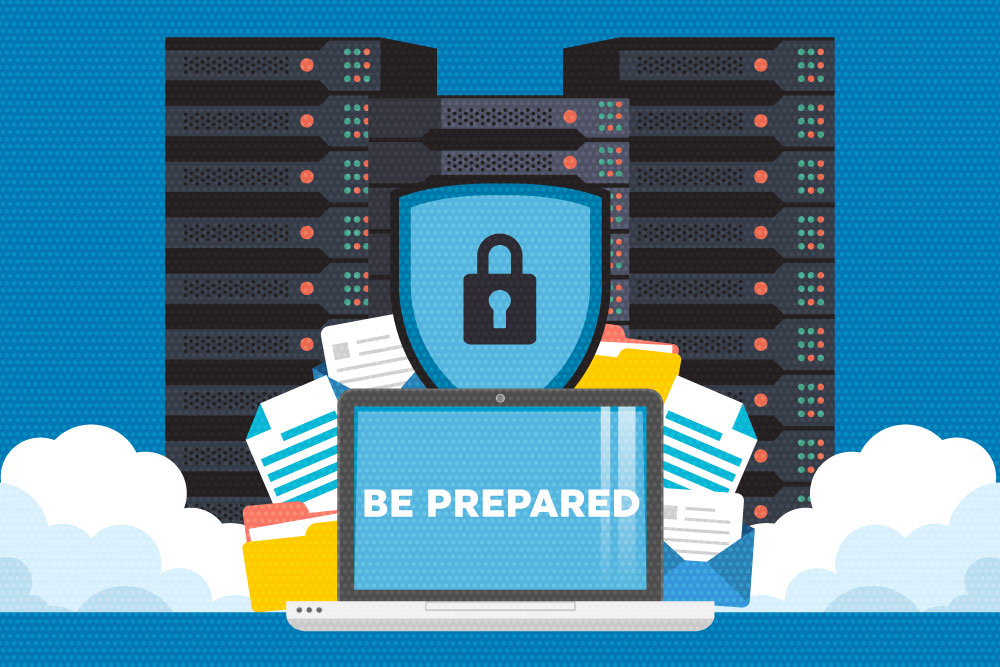
7 Key Elements Of A Business Disaster Recovery Plan
We are the architect of our own disaster. A good plan can turn out bad in a single mistake. All we can do is to change the way we plan and know the things that really matter.
Having a Disaster Recovery Plan (DRP) is essential for business. IT disasters often come unexpectedly, leaving tremendous damage in your transactions and your company’s entire performance. Not knowing what to prepare? That’s already a disaster. To help you out, here are things that you need to consider.
Complete Asset Inventory
You cannot protect what you don’t know you have. A complete inventory of workstations with their components, such as printers, scanners, phones, tablets, servers, and other tangible and intangible assets can help as a checking guide for you. Knowing what to protect or back up can lower your recovery time, even in major or minor disasters.
Knowing Priorities
Since in an increasingly digitized world, securing everything similarly isn’t an option. Knowing your company’s priorities can simplify the recovery process. All systems and data are not equally created. They have different functions; they can be inside or outside of your company. Ensuring first your priority assets can lower the damage of IT disasters.
Backup Check
Ensure that your backup is running and incorporate running an extra full local backup on all servers and information in your DRP. Run them as far ahead of time as could be allowed and ensure that they’re going down to an area that won’t be affected by the disaster.
Using is an ideal place for backup. Since data is stored in the cloud, any physical or hardware-based flaws are not a problem.
Recovery Time
Identifying an adequate recovery time that the information must be reestablished after a disaster gives the maximum time that the disaster must be settled by. It additionally encourages you to recognize any holes inside your recovery plan on the grounds that if the due dates aren’t being met, it implies there was an underlying problem.
Regular Testing
There is little point in building up a plan on the off chance that you wouldn’t test it regularly. As organizations develop and innovation changes so will your disaster recovery plan. It should be tried no less than each quarter to guarantee they are kept up and refreshed to ensure ideal execution when disaster strikes. There are new dangers being presented every year, so your arrangement needs to reflect how you will manage those new dangers.
Assess Your Risk
While it’s difficult to get ready for each risk, you can recognize those well on the way to influence your business in view of the industry, geography, technology, and different factors. Outline your plan to include actions for all probability interruptions.
Roles and Responsibilities
It’s critical to have an assigned DR Coordinator to fill in for the purpose of contact and calculated organizer for executing the plan and archiving the moves made. Your arrangement ought to go above and beyond simply naming this individual – it should diagram their parts and duties during typical operations, during disastrous times, and after an event.
If you have a , it’s important that you both know each party’s responsibilities and all action must be documented to make things transparent and run smoothly.
Staying on the edge of competition is the goal of every business. But a goal without a plan is just a wish. Planning for the worst and less may be unusual for you, but this will guarantee that everybody knows about the appropriate move that must be made and removes the requirement for on-the-spot choices.
Recent Posts
- How Does GPON Improve Network Efficiency?
- What Are The Advantages Of GPON?
- What Are The Benefits Of IT Outsourcing?
- What's The Deal With Ransomware Attacks?
- Are GPON Providers Widely Available?
- What's GPON's Impact On Bandwidth?
- Why Is Multi-Factor Authentication Important?
- How To Ensure Data Privacy Compliance?
 Blogs
Blogs Infographics
Infographics Videos
Videos Podcasts
Podcasts Case Studies
Case Studies Call For Quote
Call For Quote